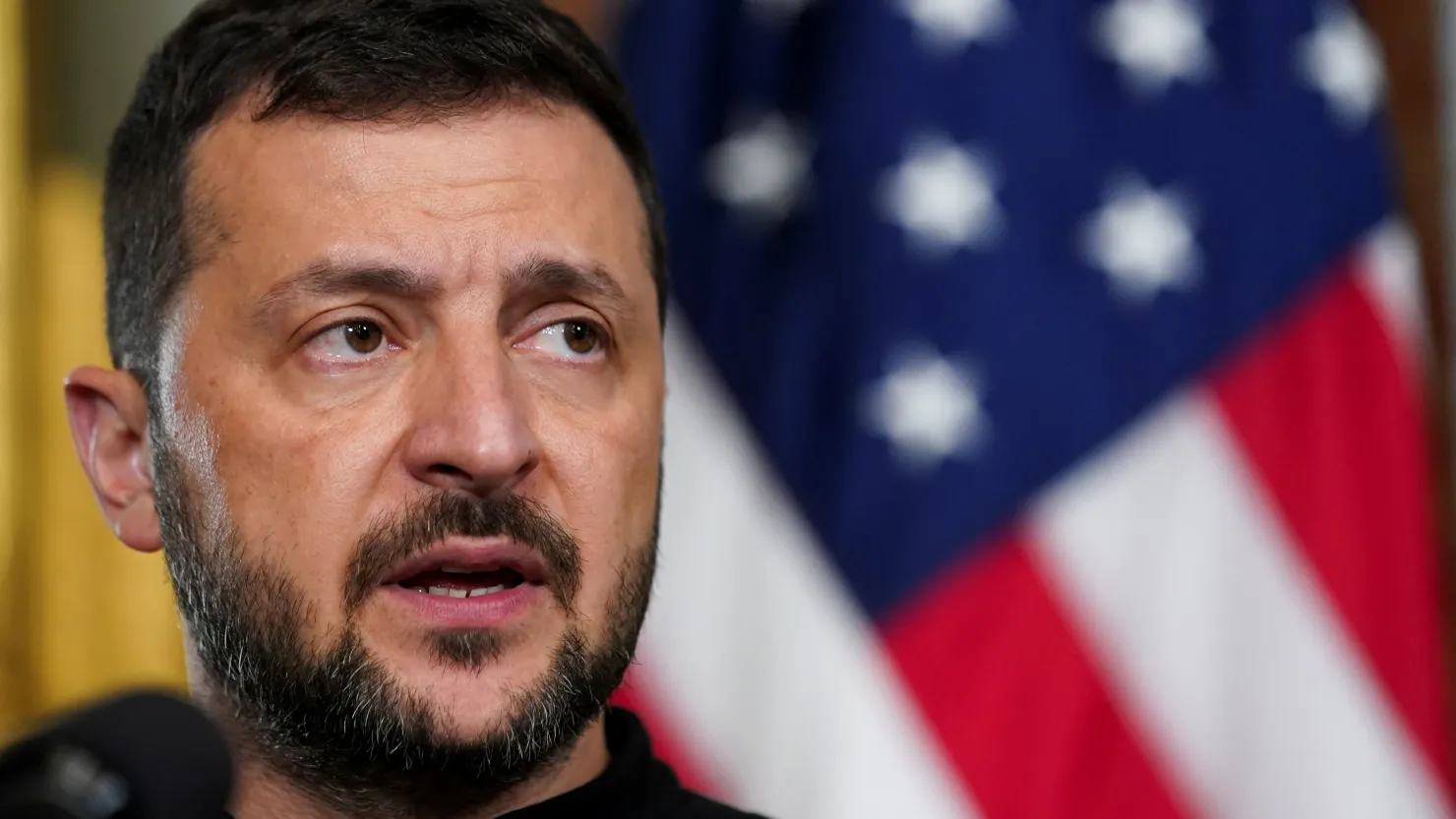President Joe Biden’s decision to provide anti-personnel mines to Ukraine and allow the use of long-range missiles on Russian territory comes as Russia’s military accelerates its gains along the front lines of the ongoing war. This shift in US military support is emerging amid growing concerns over Ukraine’s defense capabilities and the increasing territorial gains made by Russia in 2024.
Russia’s Gains in Eastern Ukraine
According to data from the Institute for the Study of War (ISW), Russia has made significant territorial advances in 2024, capturing nearly six times the amount of land compared to 2023. The ISW’s analysis, based on verified social media footage and troop movement reports, shows that Russian forces have seized approximately 2,700 square kilometers of Ukrainian territory this year. In comparison, Russia only gained 465 square kilometers in 2023, marking a substantial shift in momentum.
The Strain on Ukraine’s Defenses
The rapid territorial gains come at a significant cost for both sides. The UK’s Ministry of Defence recently reported that Russian forces are trying to breach the northeastern outskirts of Kupiansk. In other regions, such as Kurakhove, Russian forces have been threatening to encircle Ukrainian defenders from multiple directions. Despite Ukraine’s attempts to repel Russian advances, the situation in these areas is becoming increasingly dire.
The ISW notes that Russia now controls approximately 110,649 square kilometers of Ukrainian territory. In comparison, Ukrainian forces initially captured more than 1,170 square kilometers during their incursion into Russia’s Kursk region, but Russian forces have since retaken nearly half of that area.
Russian Losses and the “Meat Grinder” Strategy
While Russia’s territorial advances continue, they come at a heavy toll. BBC Russian analysis confirmed that at least 78,329 Russian troops have been killed since the invasion began in February 2022. Moreover, losses from September to November 2024 were more than one-and-a-half times higher than during the same period in 2023. Russian commanders are reportedly using a “meat grinder” approach, sending wave after wave of recruits to wear down Ukrainian defenses.
Despite Russia’s progress, experts suggest that the pace of its advance remains relatively slow. Military analyst David Handelman speculates that Ukraine is strategically withdrawing its troops in the east to preserve manpower and resources rather than experiencing an outright collapse.
Russia Regains Ground in Kursk
Russia has made steady gains in Kursk since October 2024, with ISW data showing that the Kremlin’s forces have recaptured approximately 593 square kilometers of the region. This reversal of Ukrainian control has prompted questions about the long-term viability of the incursion.
While the Kursk operation initially demonstrated Ukraine’s ability to surprise Russia and inflicted some damage on Russian forces, experts warn that the diversion of resources has created vulnerabilities on other fronts, particularly in the east.
Shifting Negotiation Dynamics Amid Military Gains
The importance of territorial control is becoming more pronounced as both sides prepare for potential negotiations. Although no formal peace talks have been initiated, US President-elect Donald Trump has claimed that he could end the war “within 24 hours” upon taking office. However, it remains unclear how such a peace process would unfold.
On Tuesday, Ukraine fired long-range missiles into Russian territory for the first time after receiving authorization from the US. It is believed that this decision was made to help Ukraine maintain its hold on part of the Kursk region, potentially using it as leverage in future negotiations.






